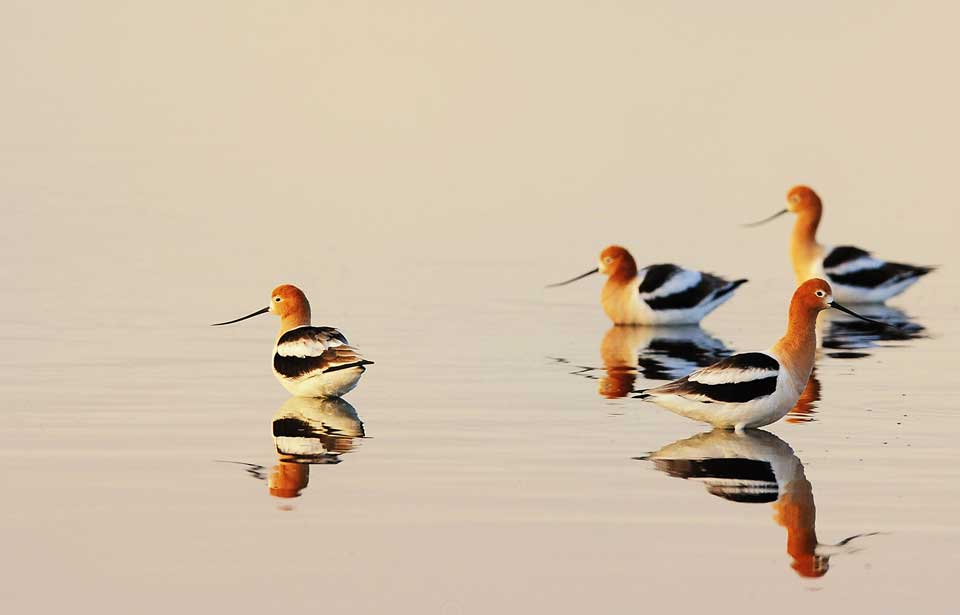Sometimes called the “cradles of the sea,” salt marshes are unique coastal wetlands where countless ocean creatures begin their lives. They serve as nesting sites for shoreline birds and spawning grounds and nurseries for myriad fish and shellfish species. Ranging from temperate to arctic climates, they perform a vital function as buffers, absorbing the force of waves to protect shorelines from erosion and filtering pollutants from the land to protect marine ecosystems from contamination.
Unfortunately, salt marshes are in trouble. They, and the species that depend on them, are losing ground to natural forces, such as mighty waves and tidal surges, and human pressures, such as agriculture, urban industrial expansion, rising sea levels due to global warming, and the creation of dikes, retaining walls, and artificial beaches.
The best way to salvage these wetlands is to transplant native vegetation from donor sites. Work with local conservation authorities to collect common plants from salt marshes similar to your own. See the “Salt Marsh Planting Chart” for ideas.



